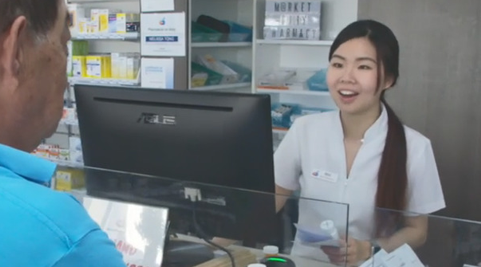The decision to extend continued dispensing arrangements has been welcomed by the Pharmacy Guild.
However, National President Trent Twomey said this was the fifth extension which highlighted that it was time these arrangements were made permanent –
“The system works well, and provides real benefits to patients.” Mr Twomey said.
“It is good public policy.”
This is the fifth extension of the measures and while the Guild appreciates that the Commonwealth and State/Territory Governments recognise the value of Continued Dispensing during these crises, the expanded measure needs to be implemented permanently.
Emergencies are not just restricted to natural disasters or pandemics and Australian patients often find themselves unintentionally without a prescription for their regular medicine. Continued Dispensing is a sensible option that ensures continuity of subsidised treatment while allowing time for patients to book an appointment with their regular doctor.
The Guild however continues to be concerned of the limitations with the expanded arrangements. First Nation’s People do not have Closing-The-Gap (CTG) access under the arrangement and nor do people who have an urgent need to access their ongoing treatment of some S100 specialised medicines, such as HIV treatments. The Guild has raised these inequalities with this government.
The Department of Health announced the extension of temporary Continued Dispensing (Emergency Measures) for the dispensing of medicines on the Pharmaceutical Benefits Scheme (PBS) until 30 June 2022.
This will allow community pharmacists, under certain conditions, to continue to give patients up to one month’s supply of their PBS medicine, if they cannot access their prescription.
The current Continued Dispensing arrangements were initially put in place in January 2020 in response to the bushfire outbreaks and then extended to assist physical distancing and to provide flexibility and continuity of care as the COVID-19 pandemic unfolded.
From 13 January 2020 to 30 June 2021, over 360,000 people received at least one supply of medicine under the Emergency Measure, with 75 per cent receiving one medicine and the remainder receiving two or more different medicines.


